
Computer networks /
Material type: TextPublication details: Edinburgh Pearson Prentice Hall, c2014Edition: 5th edDescription: 803 p. : ill. ; 27 cmISBN: 9781292024226 (alk. paper); 1292024224 (alk. paper)Subject(s): Computer networksDDC classification: 004.6
TextPublication details: Edinburgh Pearson Prentice Hall, c2014Edition: 5th edDescription: 803 p. : ill. ; 27 cmISBN: 9781292024226 (alk. paper); 1292024224 (alk. paper)Subject(s): Computer networksDDC classification: 004.6
Contents:
1. Introduction. Uses of computer networks : Business applications ; Home applications ; Mobile users ; Social issues -- Network hardware : Personal area networks ; Local area networks ; Metropolitan area networks ; Wide area networks ; Internetworks -- Network software : Protocol hierarchies ; Design issues for the layers ; Connection-oriented versus connectionless service ; Service primitives ; The relationship of services to protocols -- Reference models : The OSI reference model ; The TCP/IP reference model ; The model used in this book ; A comparison of the OSI and TCP/IP reference models ; A critique of the OSI model and protocols ; A critique of the TCP/IP reference model -- Example networks : The internet ; Third-generation mobile phone networks ; Wireless LANs: 802.11 ; RFID and sensor networks -- Network standardization : Who's who in the telecommunications world ; Who's who in the international standards world ; Who's who in the internet standards world -- Metric units -- Outline of the rest of the book -- 2. The physical layer. The theoretical basis for data communication : Fourier analysis ; Bandwidth-limited signals ; The maximum data rate of a channel -- Guided transmission media : Magnetic media ; Twisted pairs ; Coaxial cable ; Power lines ; Fiber optics -- Wireless transmission : The electromagnetic spectrum ; Radio transmission ; Microwave transmission ; Infrared transmission ; Light transmission -- Communication satellites : Geostationary satellites ; Medium-earth orbit satellites ; Low-earth orbit satellites ; Satellites versus fiber -- Digital modulation and multiplexing : Baseband transmission ; Passband transmission ; Frequency division multiplexing ; Time division multiplexing ; Code division multiplexing -- The public switched telephone network : Structure of the telephone system ; The politics of telephones ; The local loop: modems, ADSL, and fiber ; Trunks and multiplexing ; Switching -- The mobile telephone system : First-generation (coco1G) mobile phones: analog voice ; Second-generation (2G) mobile phones: digital voice ; Third-generation (3G) mobile phones: digital voice and date -- Cable television : Community antenna television ; Internet over cable ; Spectrum allocation ; Cable modems ; ADSL versus cable -- 3. The data link layer. Data link layer design issues : Services provided to the network layer ; Framing ; Error control ; Flow control -- Error detection and correction : Error-correcting codes ; Error-detecting codes -- Elementary data link protocols : A Utopian simplex protocol ; A simplex stop-and-wait protocol for an error-free channel ; A simplex stop-and-wait protocol for a noisy channel -- Sliding window protocols : A one-bit sliding window protocol ; A protocol using go-back-n ; A protocol using selective repeat -- Example data link protocols : Packet over SONET ; ADSL (asymmetric digital subscriber loop) --
4. The medium access control sublayer. The channel allocation problem : Static channel allocation ; Assumptions for dynamic channel allocation -- Multiple access protocols : ALOHA ; Carrier sense multiple access protocols ; Collision-free protocols ; Limited-contention protocols ; Wireless LAN protocols -- Ethernet : Classic ethernet physical layer ; Classic ethernet MAC sublayer protocol ; Ethernet performance ; Switched ethernet ; Fast ethernet ; Gigabit ethernet ; 10-gigabit ethernet ; Retrospective on ethernet -- Wireless LANs : The 802.11 architecture and protocol stack ; The 802.11 physical layer ; The 802.11 MAC sublayer protocol ; The 802.11 frame structure ; Services -- Broadband wireless : Comparison of 802.16 with 802.11 and 3G ; The 802.16 architecture and protocol stack ; The 802.16 physical layer ; The 802.16 MAC sublayer protocol ; The 802.16 frame structure -- Bluetooth : Bluetooth architecture ; Bluetooth applications ; The bluetooth protocol stack ; The bluetooth radio layer ; The bluetooth link layers ; The bluetooth frame structure -- RFID : EPC gen 2 architecture ; EPC gen 2 physical layer ; EPC gen 2 tag identification layer ; Tag identification message formats -- Data link layer switching : Uses of bridges ; Learning bridges ; Spanning tree bridges ; Repeaters, hubs, bridges, switches, routers, and gateways ; Virtual LANs -- 5. The network layer. Network layer design issues : Store-and-forward packet switching ; Services provided to the transport layer ; Implementation of connectionless service ; Implementation of connection-oriented service ; Comparison of virtual-circuit and datagram networks -- Routing algorithms : The optimality principle ; Shortest path algorithm ; Flooding ; Distance vector routing ; Link state routing ; Hierarchical routing ; Broadcast routing ; Multicast routing ; Anycast routing ; Routing for mobile hosts ; Routing in ad hoc networks -- Congestion control algorithms : Approaches to congestion control : Traffic-aware routing ; Admission control ; Traffic throttling ; Load shedding -- Quality of service : Application requirements ; Traffic shaping ; Packet scheduling ; Admission control ; Integrated services ; Differentiated services -- Internetworking : How networks differ ; How networks can be connected ; Tunneling ; Internetwork routing ; Packet fragmentation -- The network layer in the internet : The IP version 4 protocol ; IP addresses ; IP version ; Internet control protocols ; Label switching and MPLS ; OSPF, an interior gateway routing protocol ; BGP, the exterior gateway routing protocol ; Internet multicasting ; Mobile IP -- 6. The transport layer. The transport service : Services provided to the upper layers ; Transport service primitives ; Berkeley sockets ; An example of socket programming: an internet file server -- Elements of transport protocols : Addressing ; Connection establishment ; Connection release ; Error control and flow control ; Multiplexing ; Crash recovery -- Congestion control : Desirable bandwidth allocation ; Regulating the sending rate ; Wireless issues -- The internet transport protocols: UDP : Introduction to UDP ; Remote procedure call ; Real-time transport protocols ; The internet transport protocols: TCP : Introduction to TCP ; The TCP service model ; The TCP protocol ; The TCP segment header ; TCP connection establishment ; TCP connection release ; TCP connection management modeling ; TCP sliding window ; TCP timer management ; TCP congestion control : The future of TCP -- Performance issues : Performance problems in computer networks ; Network performance measurement ; Host design for fast networks ; Fast segment processing ; Header compression ; Protocols for long fat networks -- Delay-tolerant networking : DTN architecture ; The bundle protocol --
7. The application layer. DNS, the domain name system : The DNS name space ; Domain resource records ; Name servers -- Electronic mail : Architecture and services ; The user agent ; Message formats ; Message transfer ; Final delivery -- The world wide web : Architectural overview ; Static web pages ; Dynamic web pages and web applications ; HTTP, the hypertext transfer protocol ; The mobile web ; Web search -- Streaming audio and video : Digital audio ; Digital video ; Streaming stored media ; Streaming live media ; Real-time conferencing -- Content delivery : Content and internet traffic ; Server farms and web proxies ; Content delivery networks ; Peer-to-peer networks -- 8. Network security. Cryptography : Introduction to cryptography ; Substitution ciphers ; Transposition ciphers ; One-time pads ; Two fundamental cryptographic principles -- Symmetric-key algorithms : DES, the data encryption standard ; AES, the advanced encryption standard ; Cipher modes ; Other ciphers ; Cryptanalysis -- Public-key algorithms : RSA ; Other public-key algorithms -- Digital signatures : Symmetric-key signatures ; Public-key signatures ; Message digests ; The birthday attack -- Management of public keys : Certificates ; X.509 ; Public key infrastructures -- Communication security : IPsec ; Firewalls ; Virtual private networks ; Wireless security -- Authentication protocols : Authentication based on a shared secret key ; Establishing a shared key: the Diffie-Hellman key exchange ; Authentication using a key distribution center ; Authentication using Kerberos ; Authentication using public-key cryptography -- Email security : PGP, pretty good privacy ; S/MIME -- Web security : Threats ; Secure naming ; SSL, the secure sockets layer ; Mobile code security -- Social issues : Privacy ; Freedom of speech ; Copyright -- 9. Reading list and bibliography. Suggestions for further reading : Introduction and general works ; The physical layer ; The data link layer ; The medium access control sublayer ; The network layer ; The transport layer ; The application layer ; Network security -- Alphabetical bibliography.
| Item type | Home library | Collection | Call number | Status | Date due | Barcode | Item holds |
|---|---|---|---|---|---|---|---|
 Text Books
Text Books
|
Prince Sultan Military College of Health Sciences, Library | Health Information Management | 004.6 T36 (Browse shelf (Opens below)) | Available | 0000000027137 | ||
 Text Books
Text Books
|
Prince Sultan Military College of Health Sciences, Library | Health Information Management | 004.6 T36 (Browse shelf (Opens below)) | Available | 0000000027138 | ||
 Text Books
Text Books
|
Prince Sultan Military College of Health Sciences, Library | Health Information Management | 004.6 T36 (Browse shelf (Opens below)) | Available | 0000000027139 | ||
 Text Books
Text Books
|
Prince Sultan Military College of Health Sciences, Library | Health Information Management | 004.6 T36 (Browse shelf (Opens below)) | Available | 0000000027140 | ||
 Text Books
Text Books
|
Prince Sultan Military College of Health Sciences, Library | Health Information Management | 004.6 T36 (Browse shelf (Opens below)) | Available | 0000000027141 |
Total holds: 0
1. Introduction. Uses of computer networks : Business applications ; Home applications ; Mobile users ; Social issues -- Network hardware : Personal area networks ; Local area networks ; Metropolitan area networks ; Wide area networks ; Internetworks -- Network software : Protocol hierarchies ; Design issues for the layers ; Connection-oriented versus connectionless service ; Service primitives ; The relationship of services to protocols -- Reference models : The OSI reference model ; The TCP/IP reference model ; The model used in this book ; A comparison of the OSI and TCP/IP reference models ; A critique of the OSI model and protocols ; A critique of the TCP/IP reference model -- Example networks : The internet ; Third-generation mobile phone networks ; Wireless LANs: 802.11 ; RFID and sensor networks -- Network standardization : Who's who in the telecommunications world ; Who's who in the international standards world ; Who's who in the internet standards world -- Metric units -- Outline of the rest of the book -- 2. The physical layer. The theoretical basis for data communication : Fourier analysis ; Bandwidth-limited signals ; The maximum data rate of a channel -- Guided transmission media : Magnetic media ; Twisted pairs ; Coaxial cable ; Power lines ; Fiber optics -- Wireless transmission : The electromagnetic spectrum ; Radio transmission ; Microwave transmission ; Infrared transmission ; Light transmission -- Communication satellites : Geostationary satellites ; Medium-earth orbit satellites ; Low-earth orbit satellites ; Satellites versus fiber -- Digital modulation and multiplexing : Baseband transmission ; Passband transmission ; Frequency division multiplexing ; Time division multiplexing ; Code division multiplexing -- The public switched telephone network : Structure of the telephone system ; The politics of telephones ; The local loop: modems, ADSL, and fiber ; Trunks and multiplexing ; Switching -- The mobile telephone system : First-generation (coco1G) mobile phones: analog voice ; Second-generation (2G) mobile phones: digital voice ; Third-generation (3G) mobile phones: digital voice and date -- Cable television : Community antenna television ; Internet over cable ; Spectrum allocation ; Cable modems ; ADSL versus cable -- 3. The data link layer. Data link layer design issues : Services provided to the network layer ; Framing ; Error control ; Flow control -- Error detection and correction : Error-correcting codes ; Error-detecting codes -- Elementary data link protocols : A Utopian simplex protocol ; A simplex stop-and-wait protocol for an error-free channel ; A simplex stop-and-wait protocol for a noisy channel -- Sliding window protocols : A one-bit sliding window protocol ; A protocol using go-back-n ; A protocol using selective repeat -- Example data link protocols : Packet over SONET ; ADSL (asymmetric digital subscriber loop) --
4. The medium access control sublayer. The channel allocation problem : Static channel allocation ; Assumptions for dynamic channel allocation -- Multiple access protocols : ALOHA ; Carrier sense multiple access protocols ; Collision-free protocols ; Limited-contention protocols ; Wireless LAN protocols -- Ethernet : Classic ethernet physical layer ; Classic ethernet MAC sublayer protocol ; Ethernet performance ; Switched ethernet ; Fast ethernet ; Gigabit ethernet ; 10-gigabit ethernet ; Retrospective on ethernet -- Wireless LANs : The 802.11 architecture and protocol stack ; The 802.11 physical layer ; The 802.11 MAC sublayer protocol ; The 802.11 frame structure ; Services -- Broadband wireless : Comparison of 802.16 with 802.11 and 3G ; The 802.16 architecture and protocol stack ; The 802.16 physical layer ; The 802.16 MAC sublayer protocol ; The 802.16 frame structure -- Bluetooth : Bluetooth architecture ; Bluetooth applications ; The bluetooth protocol stack ; The bluetooth radio layer ; The bluetooth link layers ; The bluetooth frame structure -- RFID : EPC gen 2 architecture ; EPC gen 2 physical layer ; EPC gen 2 tag identification layer ; Tag identification message formats -- Data link layer switching : Uses of bridges ; Learning bridges ; Spanning tree bridges ; Repeaters, hubs, bridges, switches, routers, and gateways ; Virtual LANs -- 5. The network layer. Network layer design issues : Store-and-forward packet switching ; Services provided to the transport layer ; Implementation of connectionless service ; Implementation of connection-oriented service ; Comparison of virtual-circuit and datagram networks -- Routing algorithms : The optimality principle ; Shortest path algorithm ; Flooding ; Distance vector routing ; Link state routing ; Hierarchical routing ; Broadcast routing ; Multicast routing ; Anycast routing ; Routing for mobile hosts ; Routing in ad hoc networks -- Congestion control algorithms : Approaches to congestion control : Traffic-aware routing ; Admission control ; Traffic throttling ; Load shedding -- Quality of service : Application requirements ; Traffic shaping ; Packet scheduling ; Admission control ; Integrated services ; Differentiated services -- Internetworking : How networks differ ; How networks can be connected ; Tunneling ; Internetwork routing ; Packet fragmentation -- The network layer in the internet : The IP version 4 protocol ; IP addresses ; IP version ; Internet control protocols ; Label switching and MPLS ; OSPF, an interior gateway routing protocol ; BGP, the exterior gateway routing protocol ; Internet multicasting ; Mobile IP -- 6. The transport layer. The transport service : Services provided to the upper layers ; Transport service primitives ; Berkeley sockets ; An example of socket programming: an internet file server -- Elements of transport protocols : Addressing ; Connection establishment ; Connection release ; Error control and flow control ; Multiplexing ; Crash recovery -- Congestion control : Desirable bandwidth allocation ; Regulating the sending rate ; Wireless issues -- The internet transport protocols: UDP : Introduction to UDP ; Remote procedure call ; Real-time transport protocols ; The internet transport protocols: TCP : Introduction to TCP ; The TCP service model ; The TCP protocol ; The TCP segment header ; TCP connection establishment ; TCP connection release ; TCP connection management modeling ; TCP sliding window ; TCP timer management ; TCP congestion control : The future of TCP -- Performance issues : Performance problems in computer networks ; Network performance measurement ; Host design for fast networks ; Fast segment processing ; Header compression ; Protocols for long fat networks -- Delay-tolerant networking : DTN architecture ; The bundle protocol --
7. The application layer. DNS, the domain name system : The DNS name space ; Domain resource records ; Name servers -- Electronic mail : Architecture and services ; The user agent ; Message formats ; Message transfer ; Final delivery -- The world wide web : Architectural overview ; Static web pages ; Dynamic web pages and web applications ; HTTP, the hypertext transfer protocol ; The mobile web ; Web search -- Streaming audio and video : Digital audio ; Digital video ; Streaming stored media ; Streaming live media ; Real-time conferencing -- Content delivery : Content and internet traffic ; Server farms and web proxies ; Content delivery networks ; Peer-to-peer networks -- 8. Network security. Cryptography : Introduction to cryptography ; Substitution ciphers ; Transposition ciphers ; One-time pads ; Two fundamental cryptographic principles -- Symmetric-key algorithms : DES, the data encryption standard ; AES, the advanced encryption standard ; Cipher modes ; Other ciphers ; Cryptanalysis -- Public-key algorithms : RSA ; Other public-key algorithms -- Digital signatures : Symmetric-key signatures ; Public-key signatures ; Message digests ; The birthday attack -- Management of public keys : Certificates ; X.509 ; Public key infrastructures -- Communication security : IPsec ; Firewalls ; Virtual private networks ; Wireless security -- Authentication protocols : Authentication based on a shared secret key ; Establishing a shared key: the Diffie-Hellman key exchange ; Authentication using a key distribution center ; Authentication using Kerberos ; Authentication using public-key cryptography -- Email security : PGP, pretty good privacy ; S/MIME -- Web security : Threats ; Secure naming ; SSL, the secure sockets layer ; Mobile code security -- Social issues : Privacy ; Freedom of speech ; Copyright -- 9. Reading list and bibliography. Suggestions for further reading : Introduction and general works ; The physical layer ; The data link layer ; The medium access control sublayer ; The network layer ; The transport layer ; The application layer ; Network security -- Alphabetical bibliography.
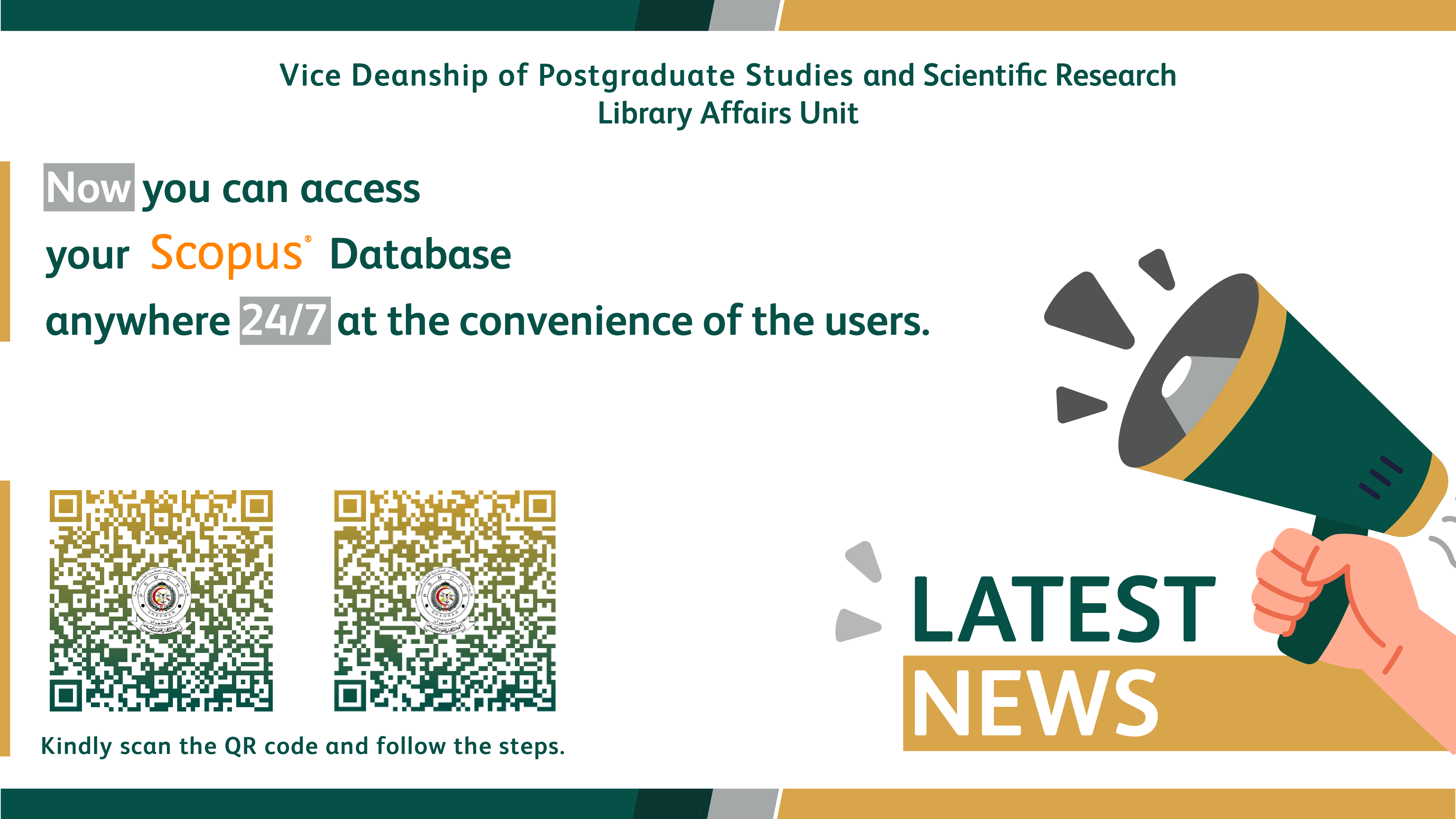

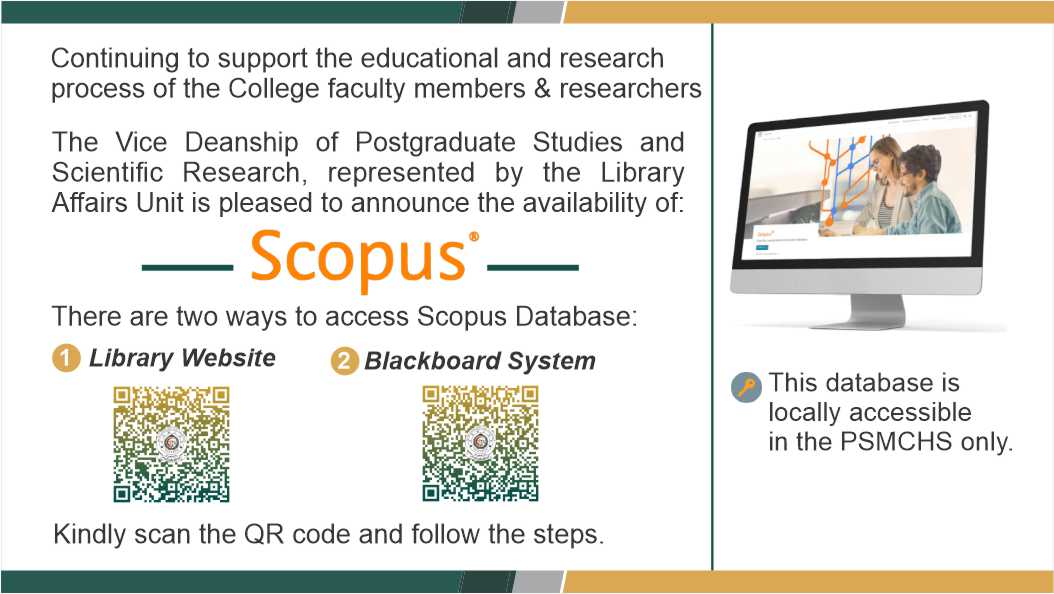
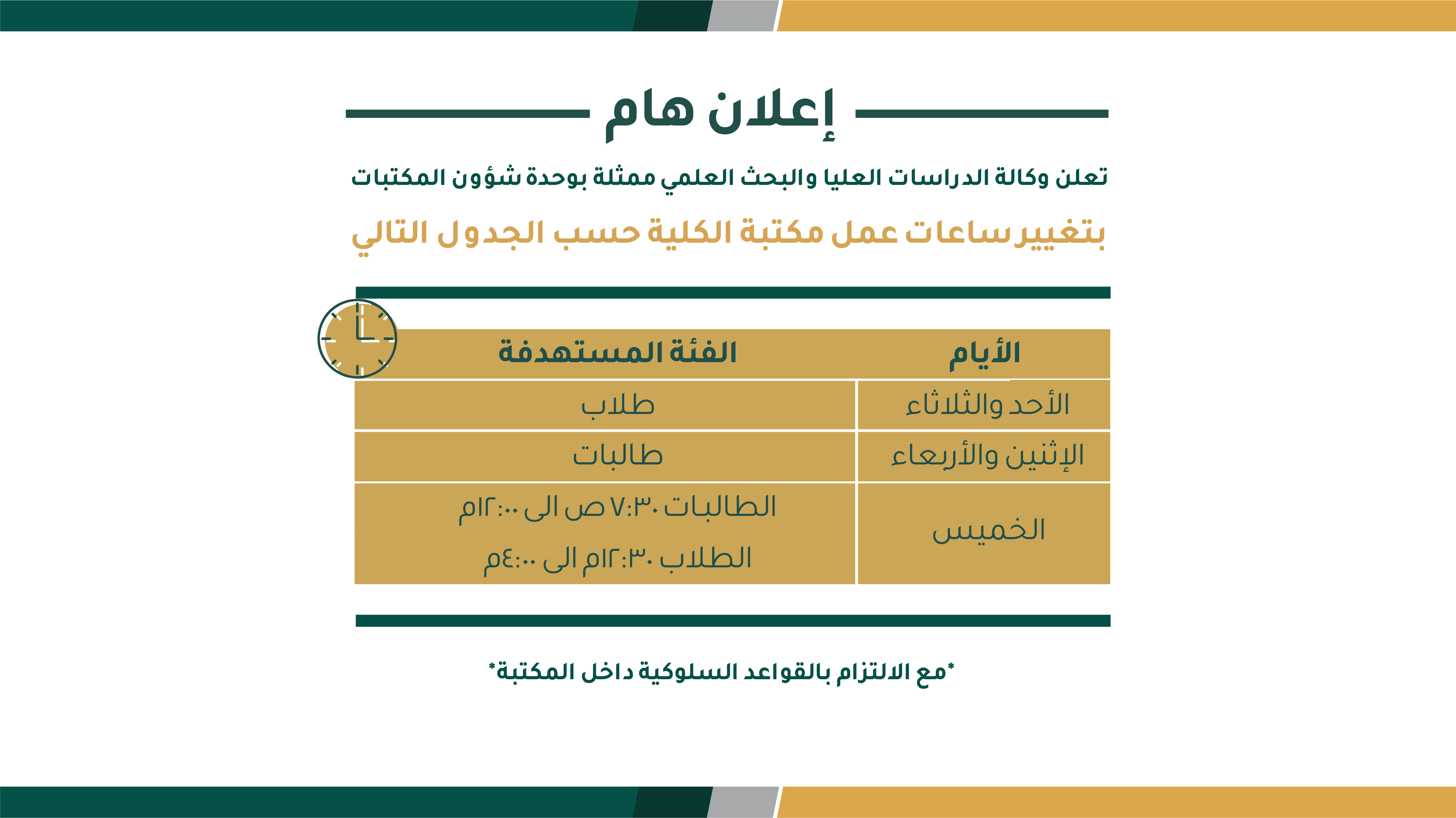


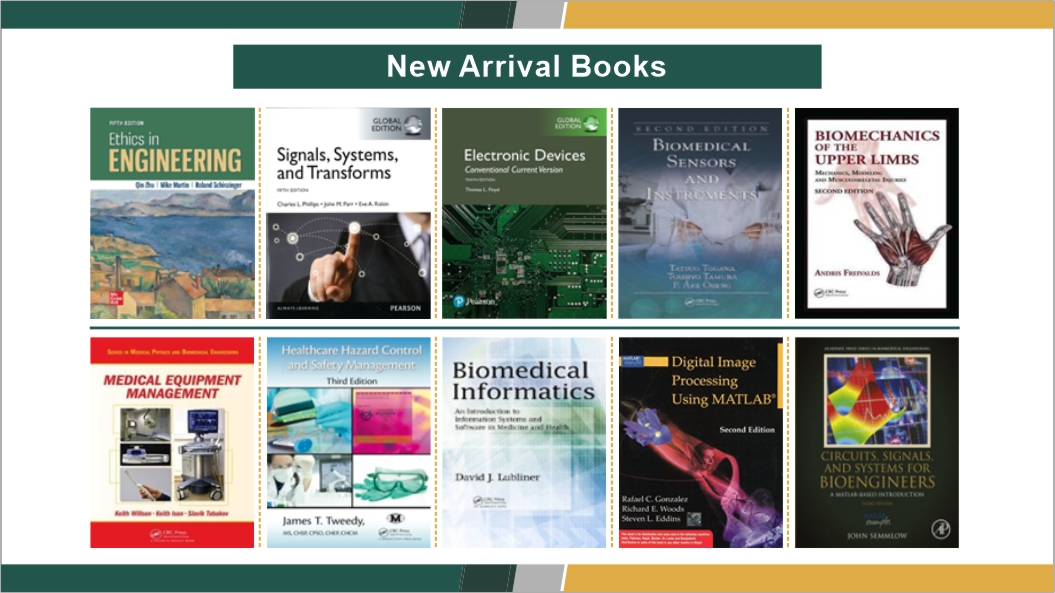
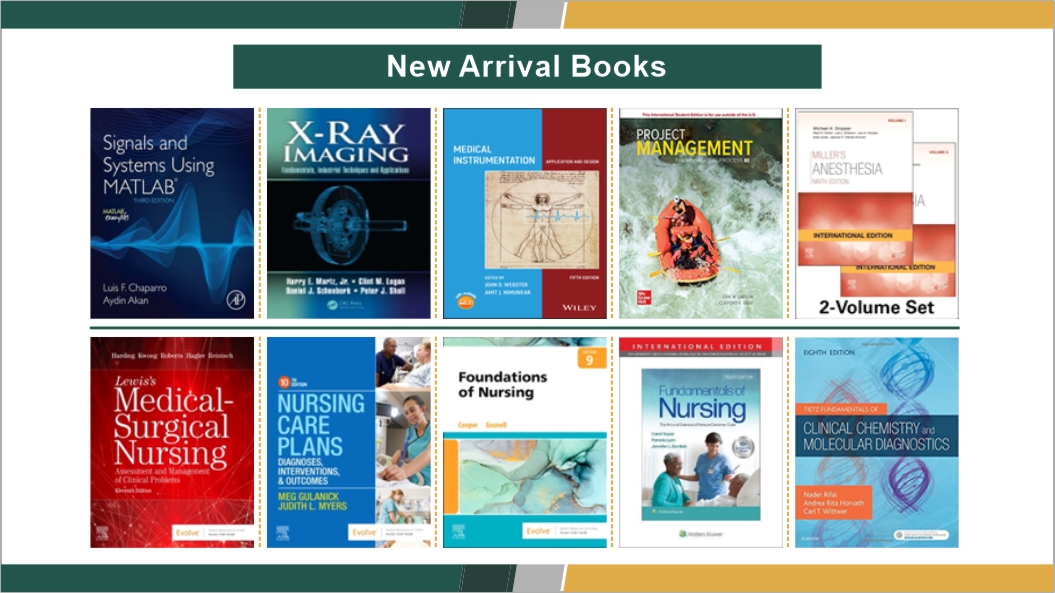








There are no comments on this title.